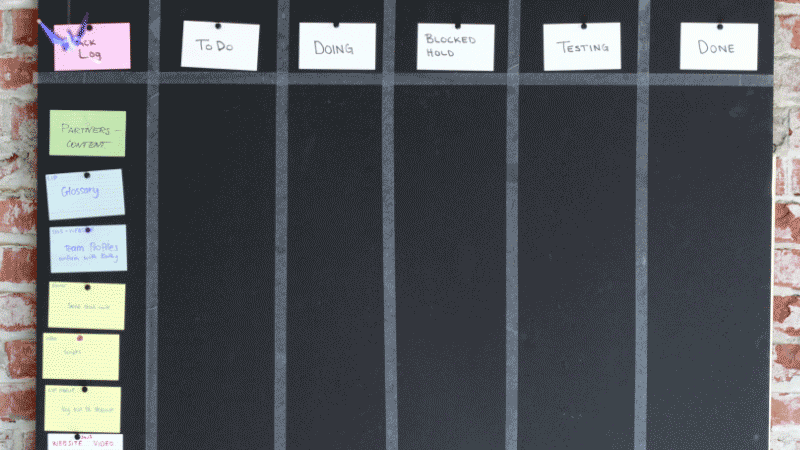With rapid rates of change in the corporate world, it is increasingly important to produce at an accelerated pace to keep up with competitors and ever evolving technology.
We recognized that to keep up with those around us we needed to change the way we were approaching our programs and projects.
Thus we adopted the agile methodology for project management. Agile was first introduced in early 2000’s as an tool best suited for small-scale projects or a specific aspect of a larger program. The basis of agile is to provide a method for rapid performance in an organized, visual manner. It is a very interactive and incremental method of approaching project management.
There are numerous subsets of agile including Lean, Kanban, Extreme Programming (XP) and Scrum. We at Small World Social, found that the Scrum methodology best met our needs.
Unlike sequential processes, Scrum allows for teams to work through problems in a way that combats the rapid rate of change felt in today’s corporate environment through a realistic and observed approach. With Scrum, our team works together to map out the real-world progress of a project, not a best guess or a forecast.
The graphic below depicts the traditional Scrum process.
Diagram courtesy of Openview
Since Small World Social adopted the Scrum methodology for project management, it was been adapted numerous times as we have grown and changed as an organization. Scrum is an extremely flexible tool, making the adaption a seamless one as we transitioned from one growth phase to another. We have noticed an uptick in productivity following the adoption of the Scrum process compared to our previous method of project management.
Each organization, team or person has a unique way of approaching Scrum. At Small World Social, we have found what works best for us.
Here is a quick video describing our step-by-step process and a peak at our Scrum boards.





